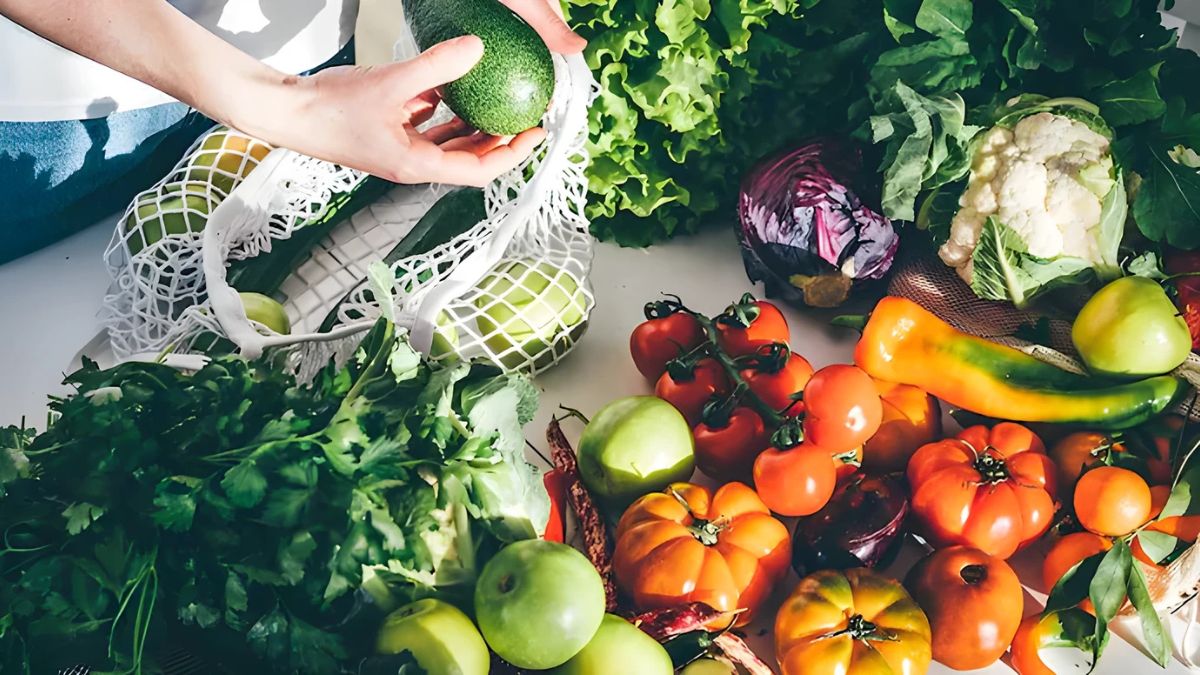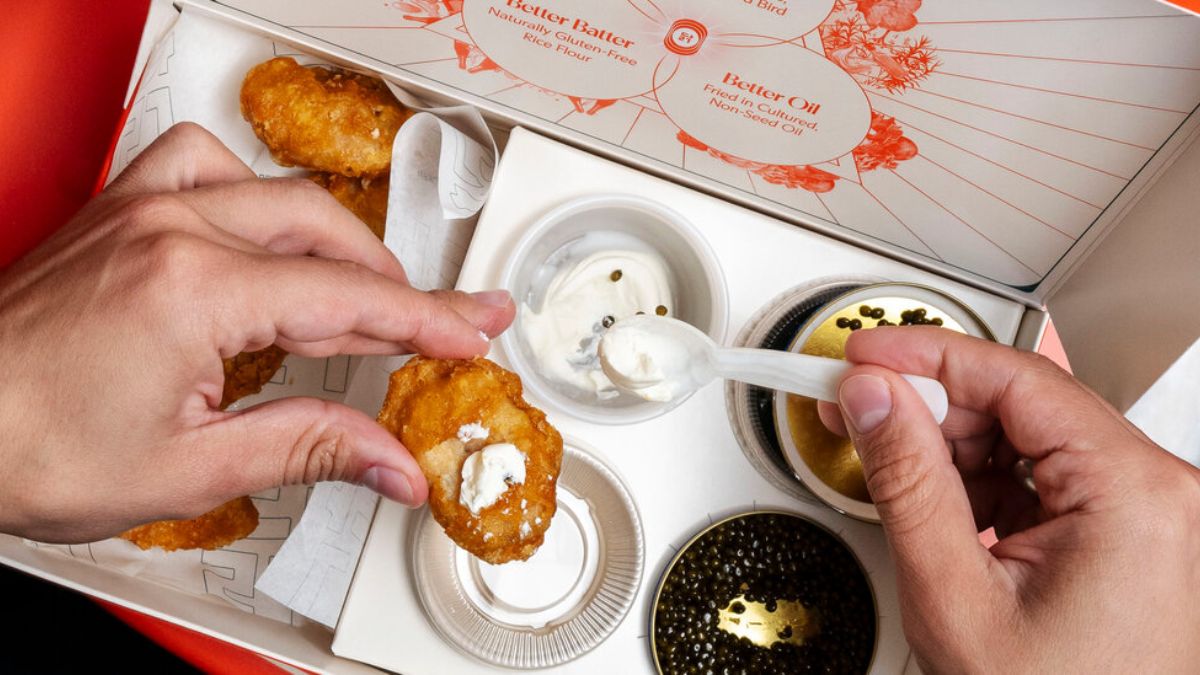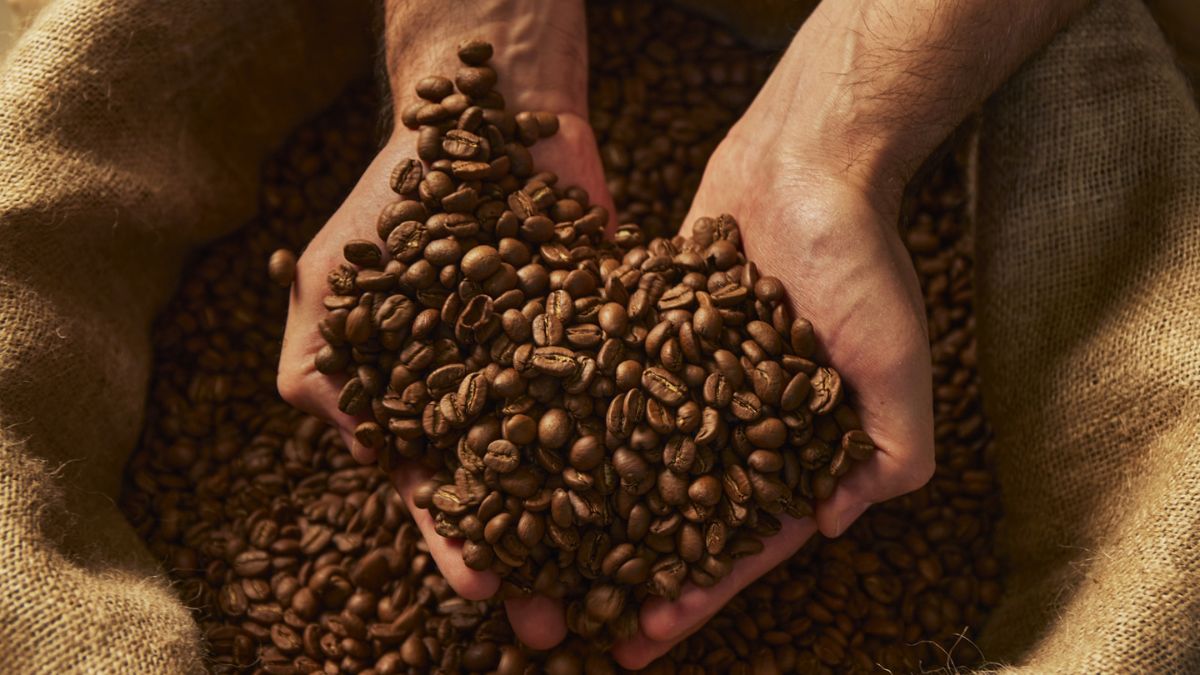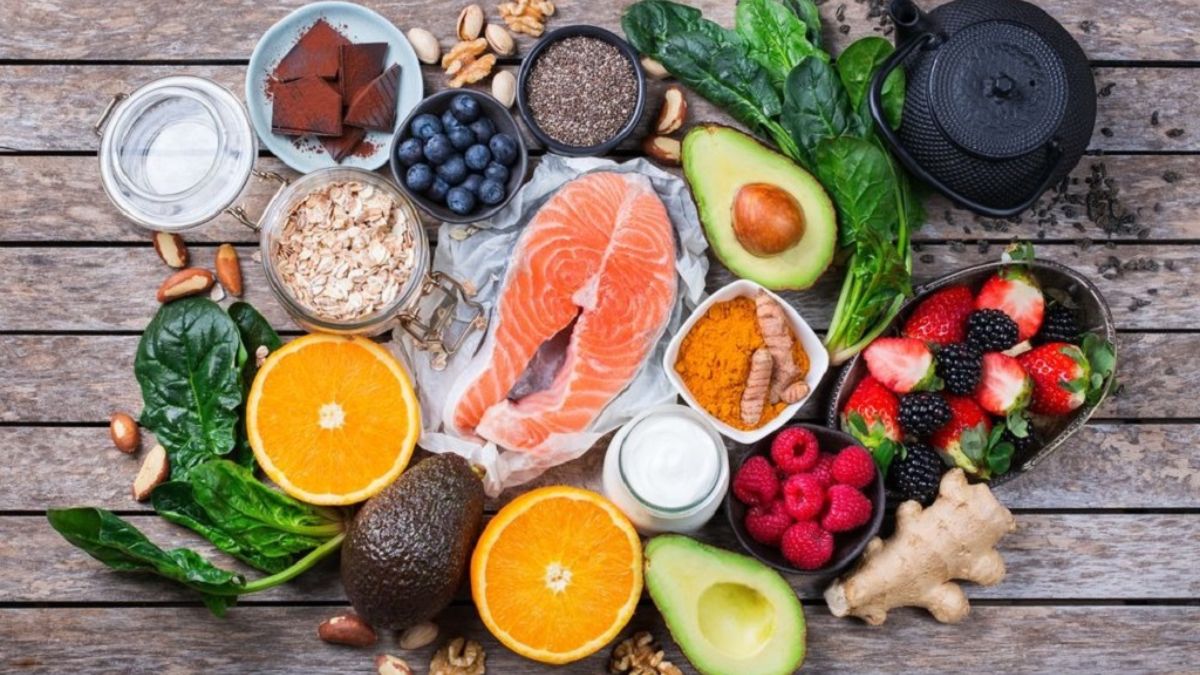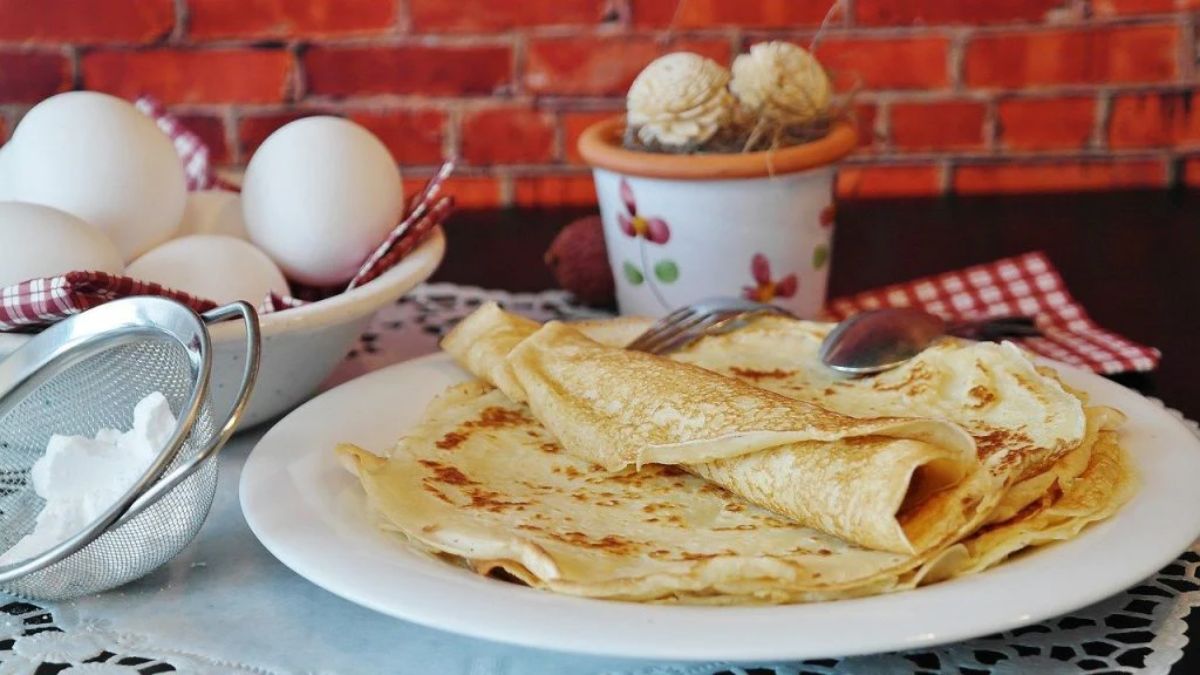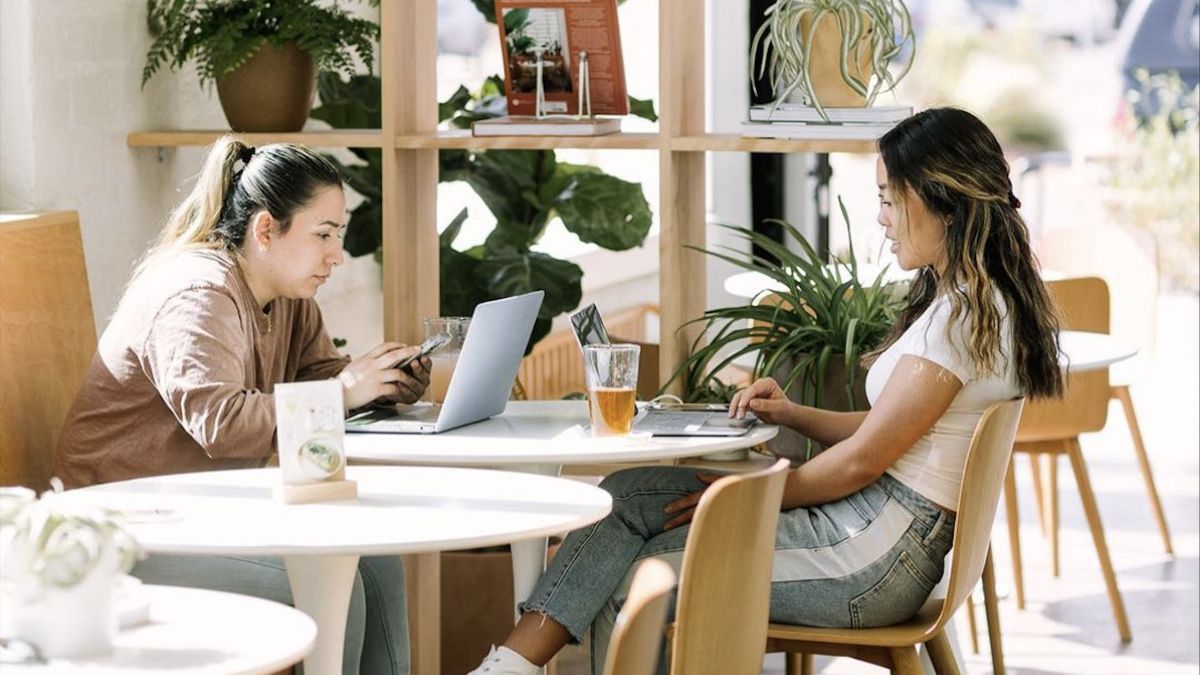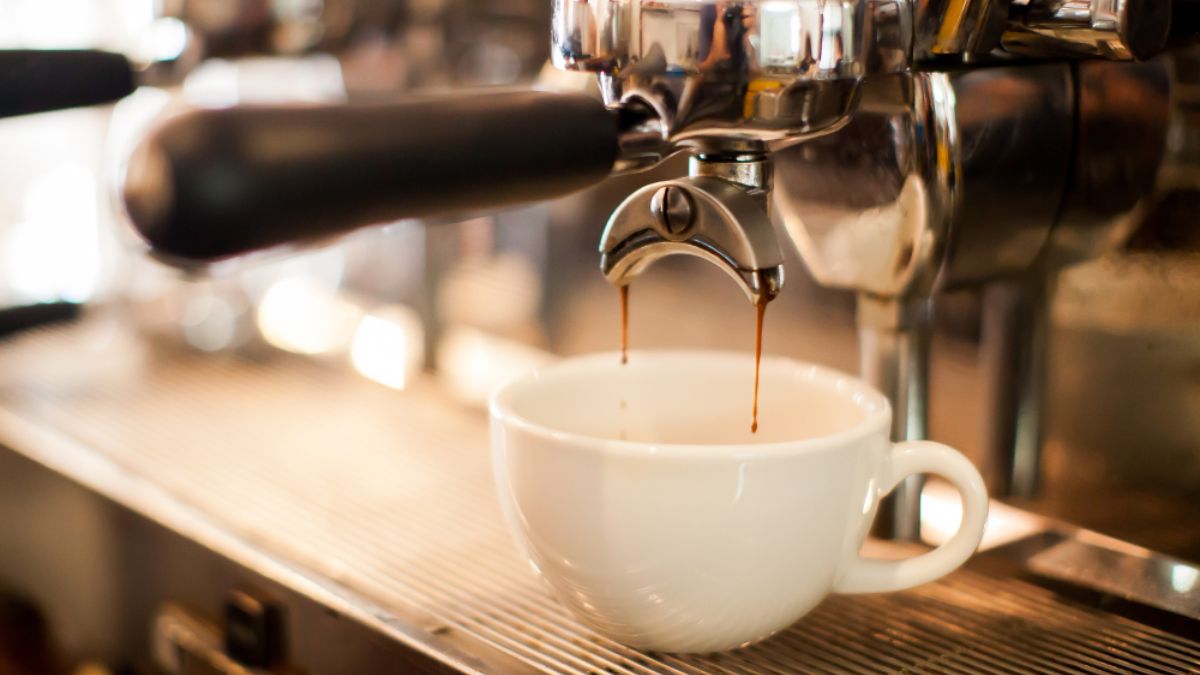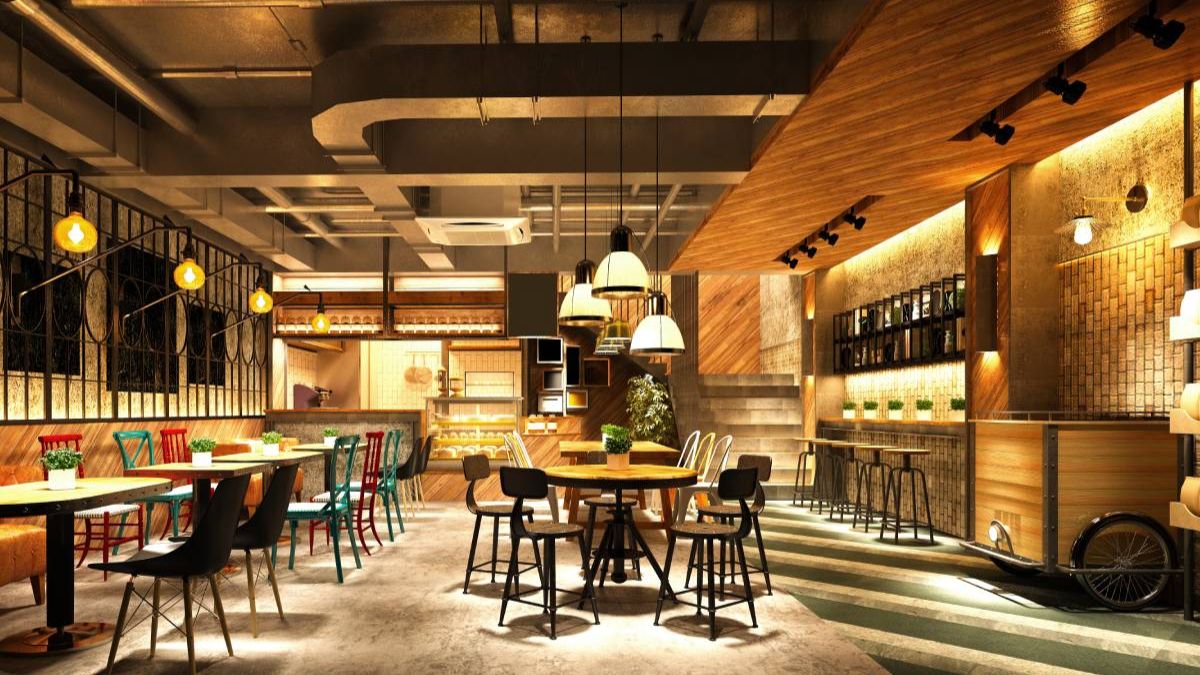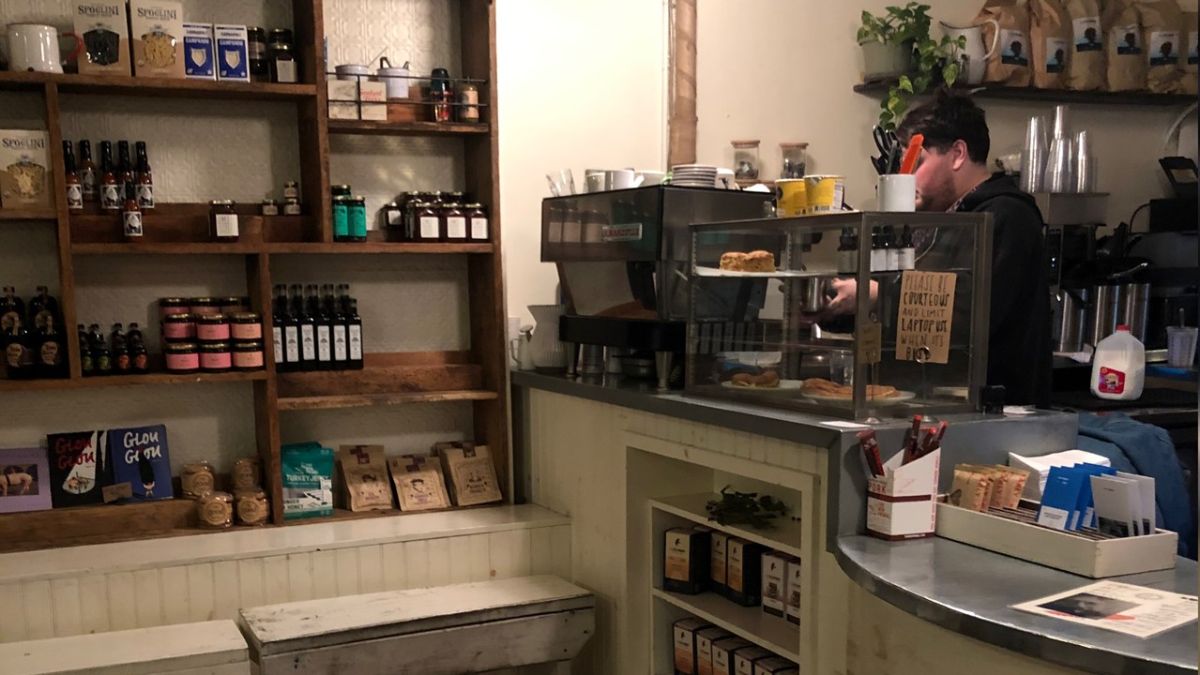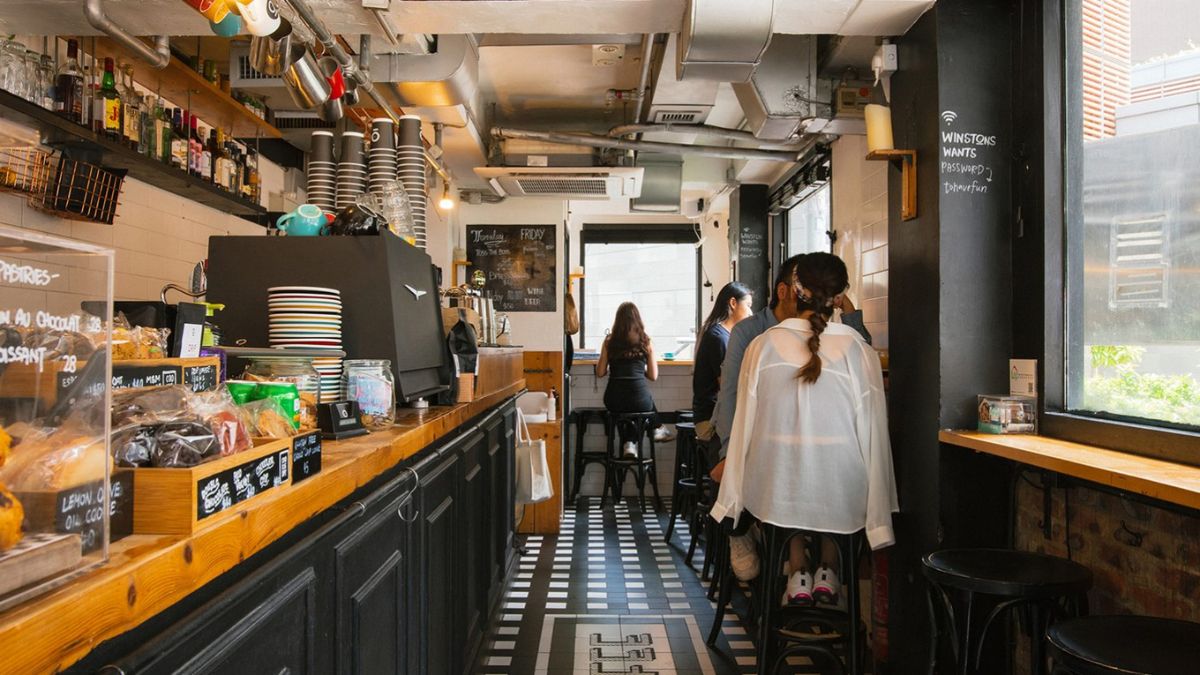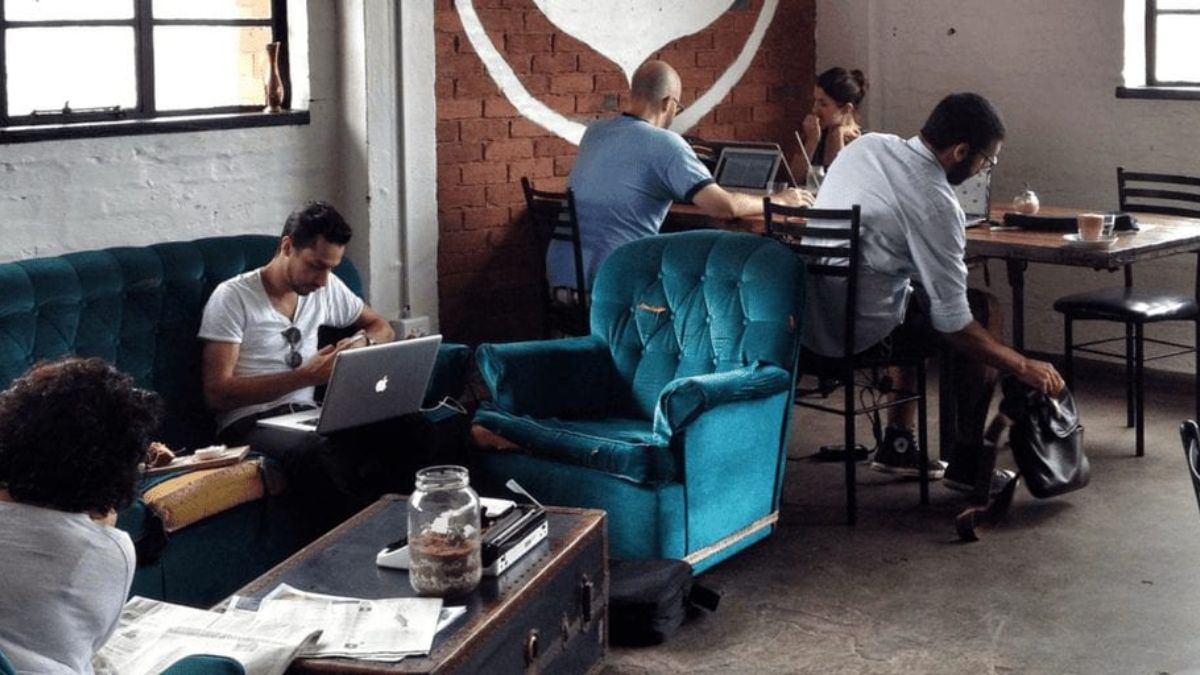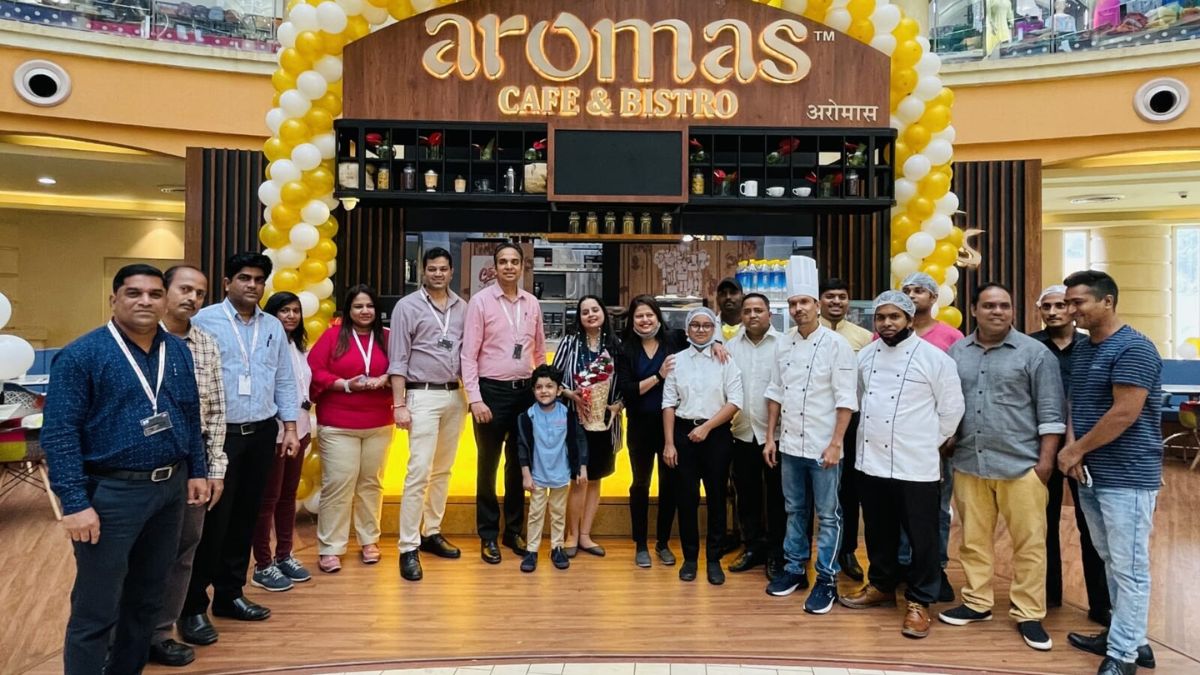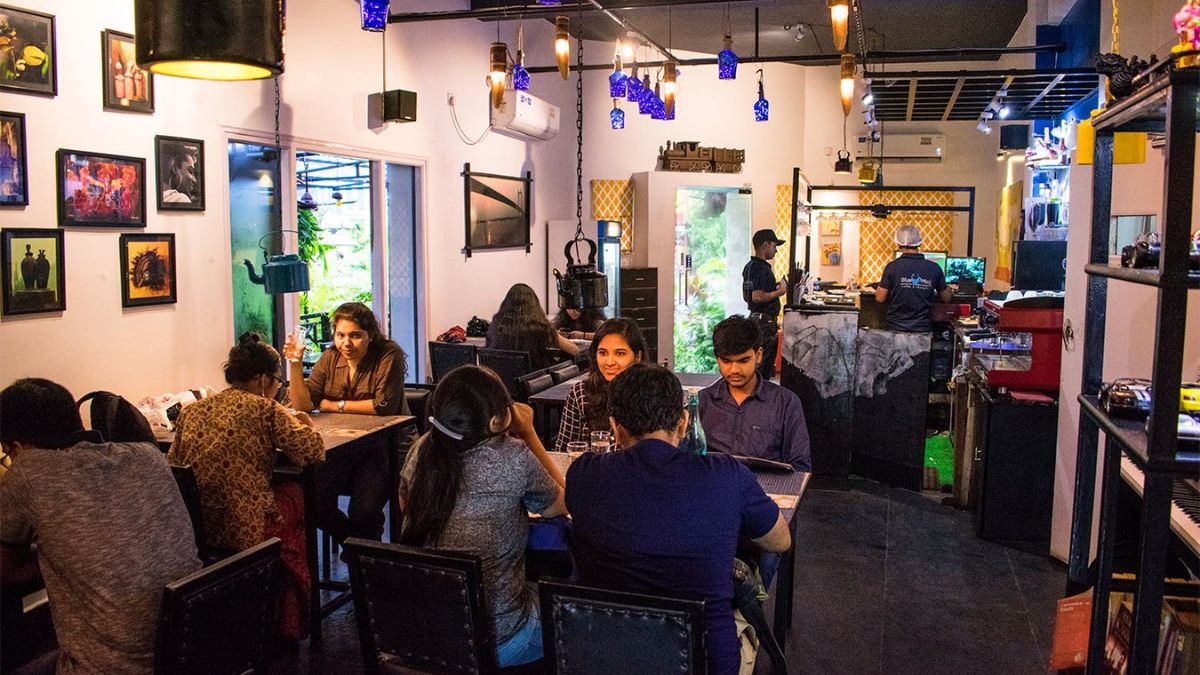You’ve probably heard the term third-wave coffee thrown around at trendy cafés or seen it stamped on a bag of beans at your local roastery. But what does it actually mean? Is it just another hipster buzzword, or is there something more to it?
The truth is, third-wave coffee is more than just a fad—it’s a full-blown movement changing how we grow, brew, and drink our coffee. And yes, it affects you, whether you’re a casual latte drinker or a die-hard coffee lover.
Origin
To understand third-wave coffee, let’s rewind a bit. The first wave was all about convenience—think instant coffee and supermarket tins. The second wave brought in café culture and espresso-based drinks, with giants like Starbucks leading the charge. The third wave? That’s where things got serious.
Third-wave coffee is about treating coffee like fine wine. It focuses on origin, flavor notes, ethical sourcing, and craftsmanship. It values transparency—who grew the beans, where, and how they were roasted. It’s not about quantity anymore; it’s about quality in every step.
Quality
Third-wave cafés don’t just make coffee—they craft it. Beans are often single-origin, roasted in small batches, and brewed using precise methods like pour-over, siphon, or AeroPress. Baristas are trained like sommeliers, and the attention to detail is wild.
What does that mean for you? Expect coffee with depth, character, and complexity. You’ll taste notes like citrus, chocolate, berries, or even floral undertones—all without artificial flavors. It’s coffee you sip, not chug.
Experience
It’s not just about the drink—it’s about the experience. Third-wave cafés are designed for slow enjoyment. You’ll often find minimalist interiors, curated playlists, and baristas who love chatting about beans and brewing. It’s less about grabbing coffee on the go and more about savoring the moment.
If you’re someone who loves understanding what you’re consuming, this movement gives you the story behind your cup—from the farmer who grew it to the roaster who perfected it.
Ethics
One of the biggest wins of third-wave coffee? Fairness. Many third-wave roasters prioritize direct trade, ensuring farmers get paid fairly and work in good conditions. This means your money supports sustainable farming and ethical labor.
So while your latte might cost a little more, it’s going toward a better coffee industry overall. Think of it as an investment in people and planet—not just caffeine.
Variety
Forget your basic latte. Third-wave spots usually offer a wide variety of brew methods and beans. Want something light and citrusy? Go for an Ethiopian pour-over. Craving something rich and chocolatey? Try a Guatemalan drip.
The goal is personalization—finding the cup that matches your taste. It’s no longer one-size-fits-all.
Learning
Curious to try third-wave coffee but not sure where to start? Don’t stress. Most cafés are happy to guide you. Ask for recommendations, taste different origins, and experiment with brewing styles. Some even offer tasting flights or classes.
Learning to enjoy third-wave coffee is like discovering a new hobby. The more you explore, the more you appreciate the tiny details—from grind size to water temperature.
Cost
Yes, third-wave coffee can cost more than your usual chain-store brew. But you’re paying for more than a drink. You’re paying for fresh, traceable beans, ethical sourcing, small-batch roasting, and skilled brewing.
Think of it like craft beer or fine chocolate—it’s not about the cheapest option. It’s about the best one.
Comparison
Here’s how third-wave coffee stacks up against the previous waves:
| Coffee Wave | Focus | Common Places | Price Range | Quality Level |
|---|---|---|---|---|
| First Wave | Convenience | Supermarkets | Low | Basic |
| Second Wave | Experience + Taste | Coffee Chains | Medium | Improved |
| Third Wave | Craft + Ethics | Specialty Cafés | Higher | Premium |
Why It Matters
So, why should you care about third-wave coffee? Because it’s changing the way we think about a daily ritual. It turns coffee into a conversation, a story, and a choice.
You get to be more than just a consumer—you become a participant in a movement that values fairness, flavor, and connection. That morning cup? It suddenly means a whole lot more.
FAQs
What is third-wave coffee?
It’s a movement focused on high-quality, ethically sourced coffee.
Why is third-wave coffee more expensive?
You’re paying for ethics, craft, and premium bean quality.
Do I need special equipment to enjoy it?
Not necessarily, but pour-over or AeroPress enhances the flavor.
Where can I try third-wave coffee?
Look for local specialty cafés or small-batch roasters near you.
Is it worth the hype?
Yes, if you value flavor, ethics, and a better coffee experience.






